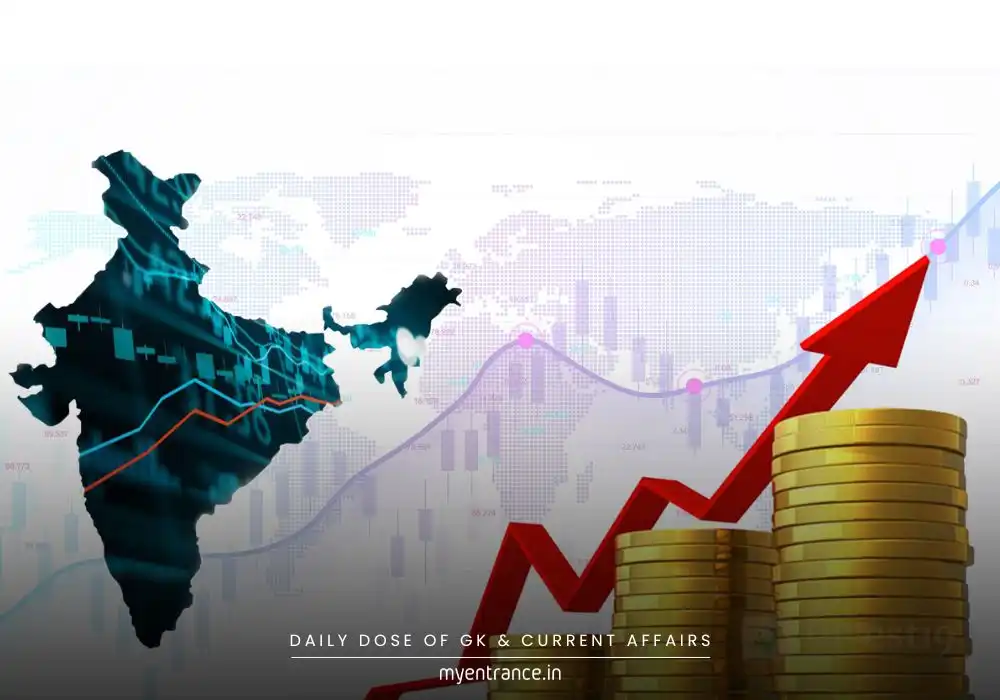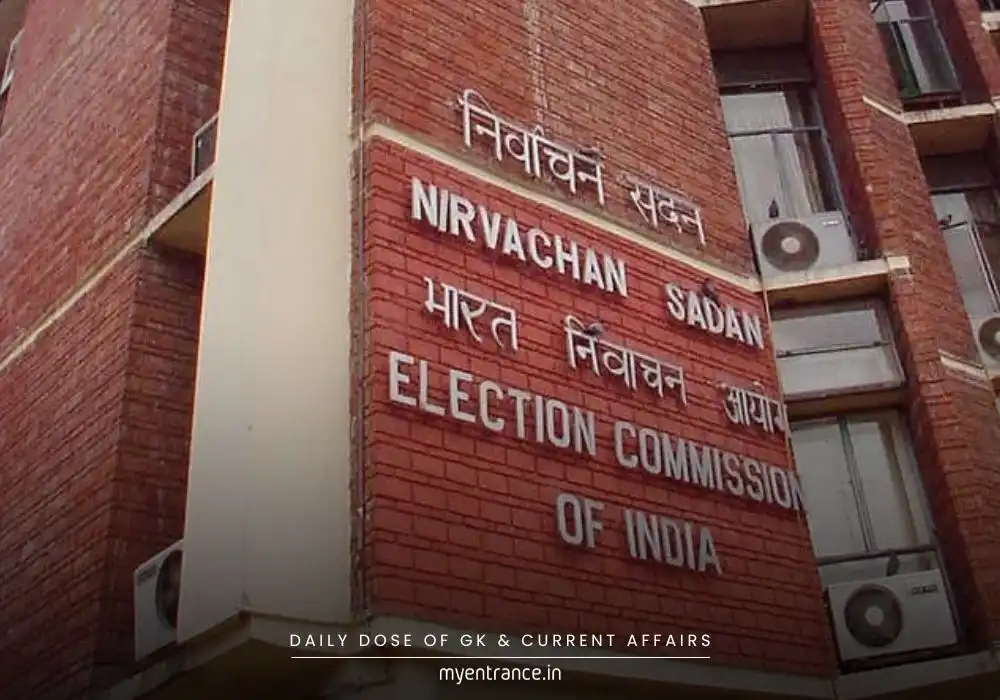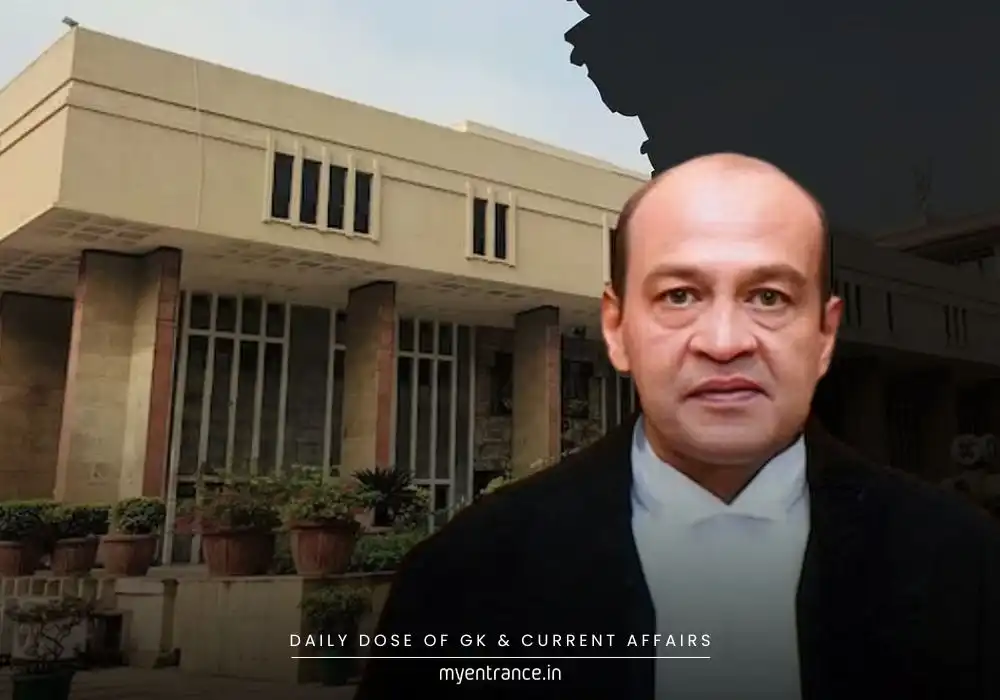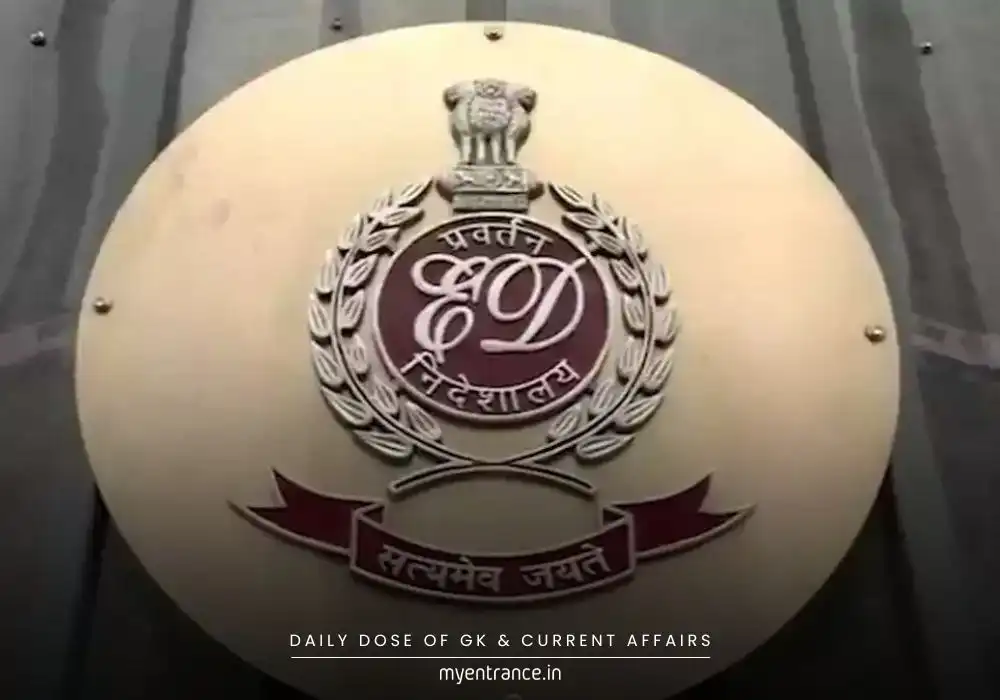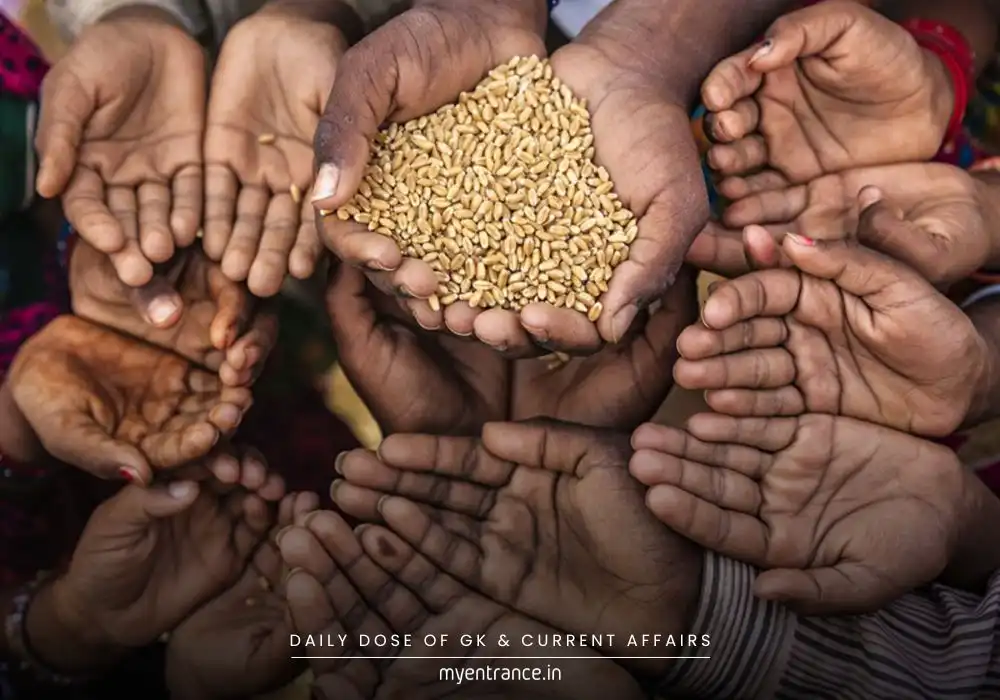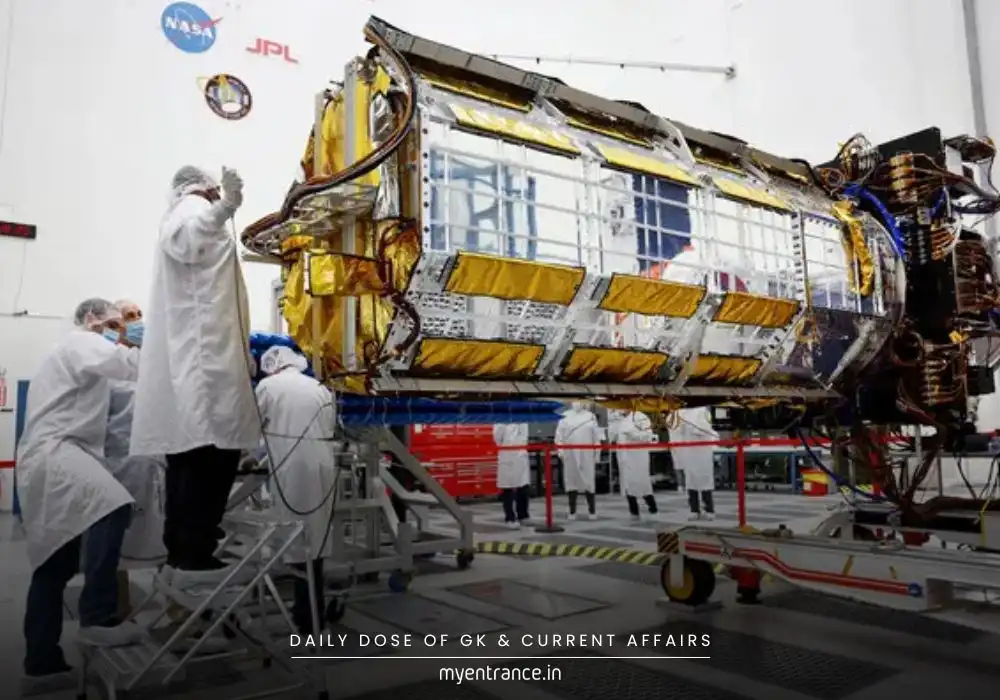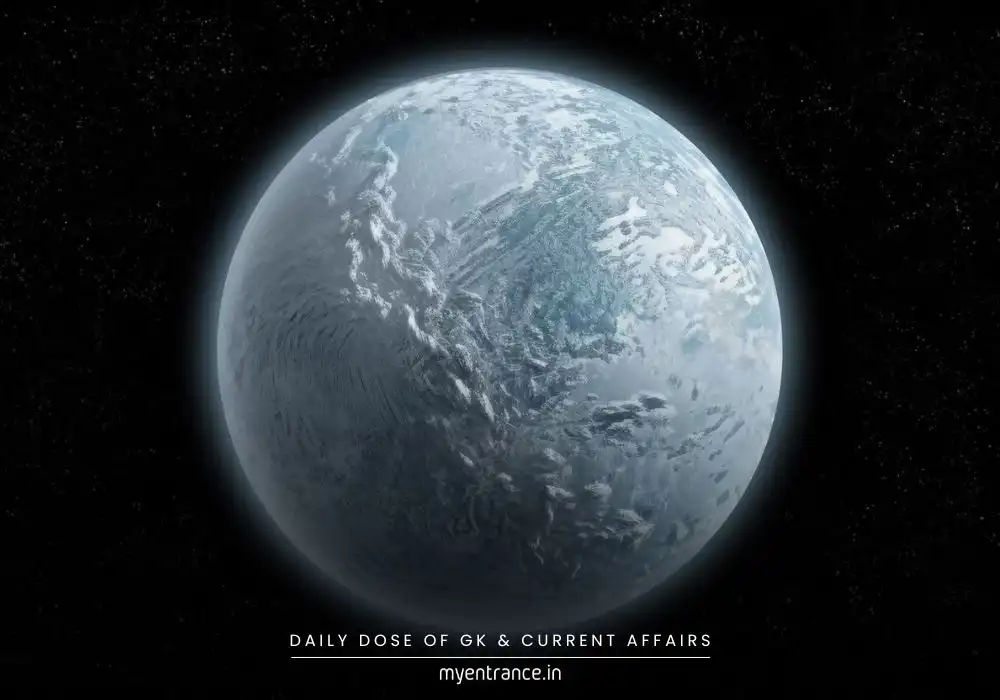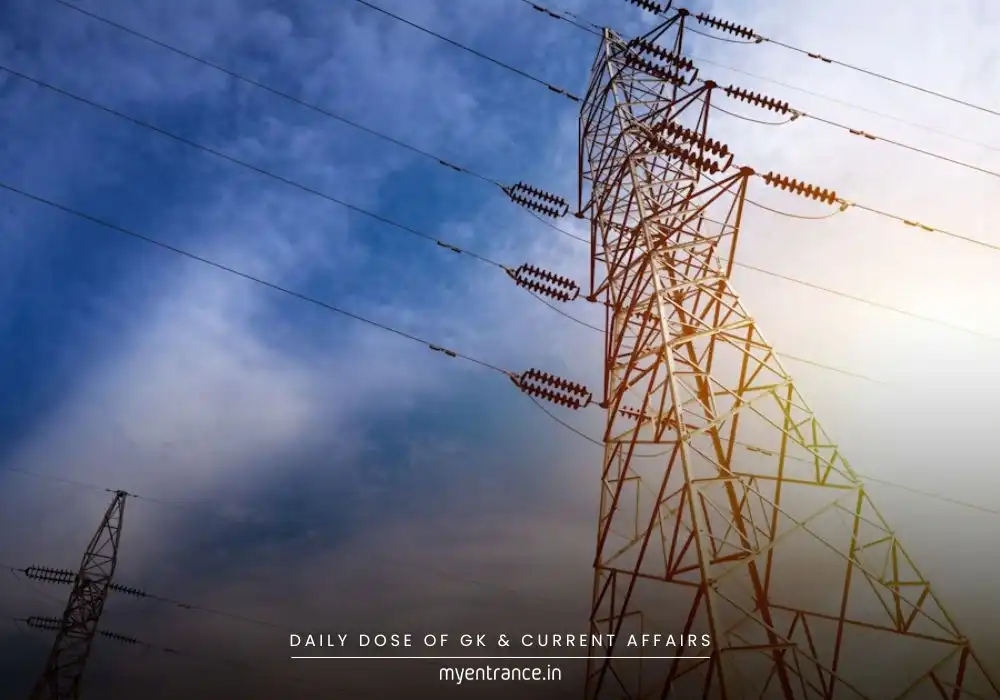Translate Language
Why is India’s Food Inflation Suddenly in Negative Territory?
India’s food inflation shockingly dropped to -1.1% in June 2025, outperforming the US (3%) and UK (4.5%). This dramatic turnaround follows 18 months of soaring prices. Let’s decode the causes, impacts, and why it matters for competitive exams like UPSC and SSC.
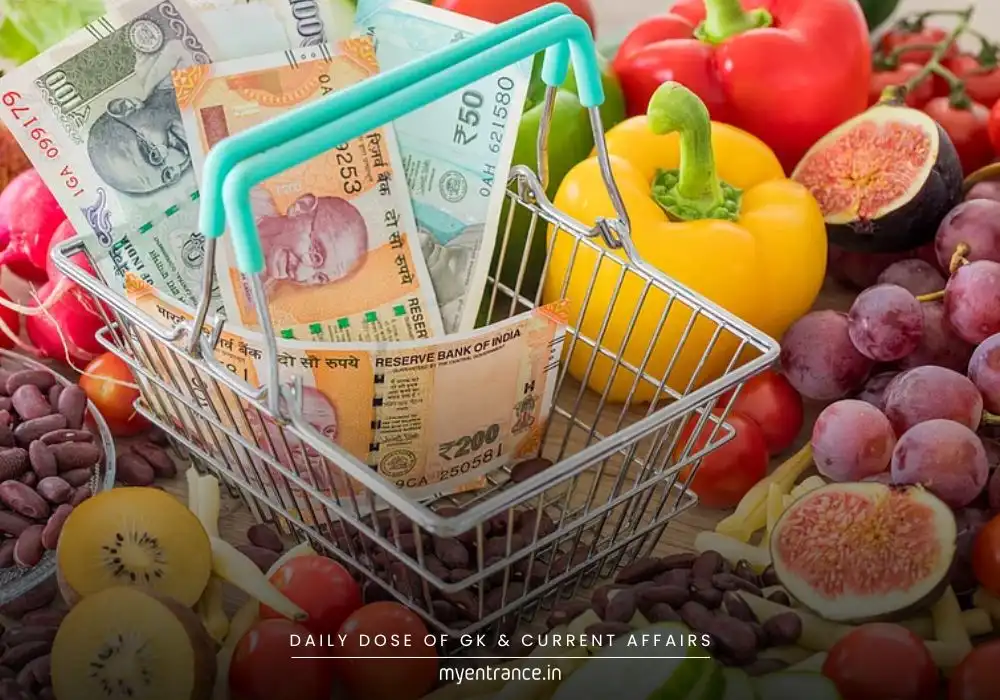
The Food Inflation Rollercoaster
Just six months ago, India grappled with stubbornly high food inflation—think soaring tomato and wheat prices that strained household budgets. But June 2025 delivered a stunner: food inflation slid to -1.1%, hitting its lowest since January 2019. For context, the UK and US struggled with 4.5% and 3% food inflation respectively during the same period.
What Triggered This Shift?
The hero of this story? The 2024 monsoon. With rainfall 7.6% above normal, reservoirs and groundwater recharge hit decade-highs. This fueled:
Record kharif and rabi harvests (especially wheat and pulses).
A 50% surge in crop arrivals at mandis from January 2025 onward.
Government wheat stocks rebounding to 282 lakh tonnes by July 2025—after near-buffer lows in 2024.
RBI’s Sigh of Relief
The Reserve Bank of India (RBI) finally caught a break. With food inflation driving 45% of the Consumer Price Index (CPI), its -1.1% plunge pulled overall inflation to 2.1%—well below RBI’s 4% target. This opens doors for potential interest rate cuts, stalled since 2023.
Why Food Inflation Still Haunts Policy
Despite the relief, food inflation remains a wildcard:
Monsoon dependence: A single weak season can reverse gains.
Supply chains: Poor storage and transport spike volatility (e.g., onion prices).
Global shocks: Geopolitical conflicts or export bans add pressure.
Key Measurement Quirk
Food articles dominate India’s CPI with a 45% weightage—the highest globally. Cereals alone account for 9.67%. This is why a bad harvest can derail inflation targets overnight.
Q&As related to The Food Inflation:
Q1: What was India’s food inflation rate in June 2025, and how did it compare globally?
A1: India recorded -1.1% food inflation, lower than the US (3%) and UK (4.5%).
Q2: How did the 2024 monsoon impact food inflation?
A2: Above-normal monsoon (7.6% surplus) replenished water sources, enabling bumper harvests that eased supply pressures and pushed inflation into negative territory.
Q3: Why is food inflation critical for RBI’s monetary policy?
A3: With 45% weight in CPI, food prices heavily influence overall inflation. Sustained low food inflation allows RBI to cut interest rates and boost growth.
Q4: Explain the link between wheat stocks and inflation control.
A4: In July 2024, wheat stocks hit 282 lakh tonnes—just above buffer limits. Depleted stocks worsen scarcity-led inflation; recoveries stabilize prices through PDS and market interventions.
Q5: Which CPI component has the highest weight in India’s inflation calculation?
A5: Food and beverages (45%), followed by miscellaneous services (like healthcare and education).
Get 3 Months Free Access for SSC, PSC, NIFT & NID
Boost your exam prep!
Use offer code WELCOME28 to get 3 months free subscription. Start preparing today!


